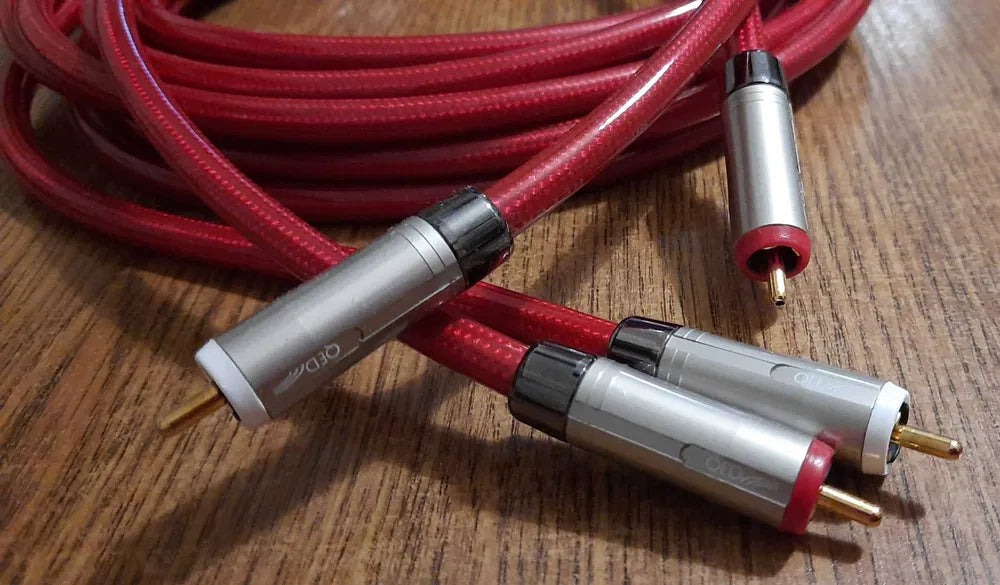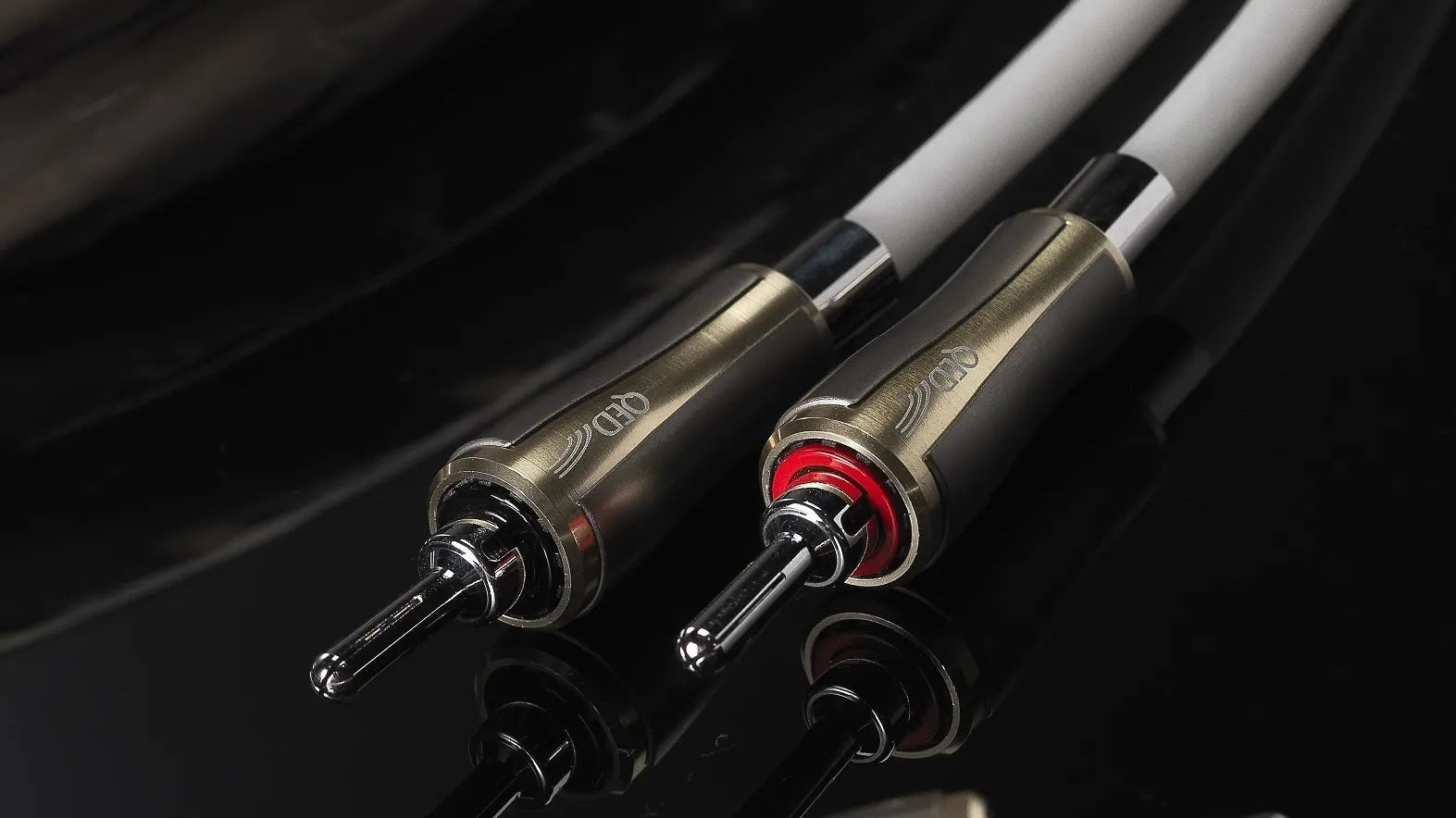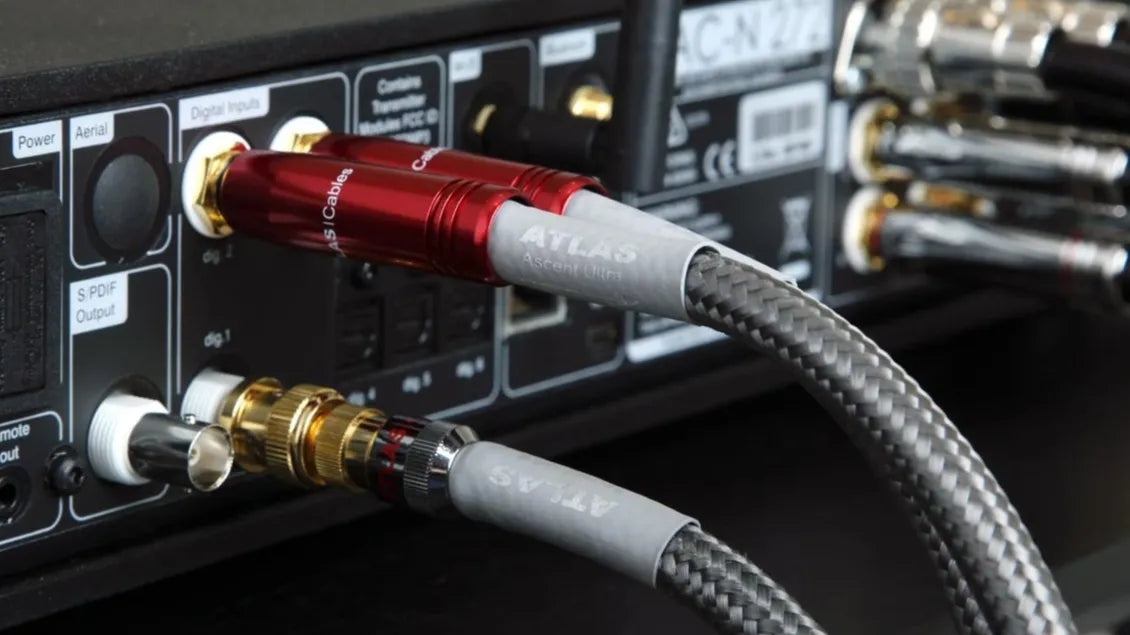When it comes to high-fidelity audio, the right interconnect cable can make all the difference. Enter the QED Reference Audio 40, the latest iteration of QED’s mid-range analogue interconnect. Sitting between the entry-level Performance and flagship Signature series, this cable has big shoes to fill. Thankfully, it steps up to the challenge with impressive clarity and a commanding presence.
First Impressions
The QED Reference Audio 40 makes itself known immediately. It prioritizes clarity and precision, ensuring that your music takes center stage in your system’s soundscape. The cable’s ability to create an expansive, well-defined soundstage was apparent from the start, making a strong first impression that held up throughout extensive testing across multiple genres—including jazz, rap, and classical.
One of its standout characteristics is its bright and detailed treble, which adds a touch of vibrancy without becoming overly sharp. This is balanced by a commendable commitment to technical accuracy, making the QED a solid choice for those who value precise sound reproduction.
Sound Performance: Clarity Over Musicality
While the QED Reference Audio 40 excels in delivering a crystal-clear performance, it does so with a slightly analytical nature. If your system benefits from an extra dose of clarity and definition, the QED Reference Audio 40 is a strong contender.
Technical Enhancements: What’s New?
QED has refined the Reference Audio 40 with meaningful upgrades, building upon its already successful first-generation design. The new Analoc2 plug design is at the heart of these improvements:
- Analoc2 Plug Design:
- Aims to reduce the negative effects of eddy currents for cleaner sound transmission.
- Utilizes thermoplastic materials for the inner support structure and strain relief, improving overall integrity.
- Maintains copper connectors with metal barrels for optimal conductivity.
- Conductor and Signal Path:
- Features two silver-plated copper conductors (almost entirely oxygen-free) of varying diameters to provide an alternative high-frequency pathway, reducing time-smearing effects.
- Employs Polyethylene (LDPE) dielectric insulation to minimize electrical energy loss.
- Integrates a Zn/Mn Ferrite jacket to absorb unwanted high-frequency noise, contributing to the cable’s clean and precise sonic character.
Build Quality & Design
Beyond its technical enhancements, the QED Reference Audio 40 is a well-built, aesthetically pleasing cable. Before even handling it, its high-quality craftsmanship is apparent. Once in hand, it confirms expectations—solid, durable, and engineered with precision.
Its red braided cable encased in a translucent jacket adds to its premium appearance, making it an attractive addition to any audiophile setup.
Final Verdict
The QED Reference Audio 40 may not outshine every competitor in every aspect, but it remains an excellent choice for those seeking clarity and refinement in their audio system. It delivers music with class-leading transparency and a radiant sonic profile, ensuring that your favorite tracks come through with impressive detail.
If your system could use an extra dose of sharpness and articulation, the QED Reference Audio 40 is well worth considering. It carries forward the strong legacy of its predecessor and holds its own against top contenders in its price range.
Scores:
- Sound Quality: ⭐⭐⭐⭐ (4/5)
- Ease of Use/Compatibility: ⭐⭐⭐⭐ (4/5)
- Value: ⭐⭐⭐⭐⭐ (5/5)
You can find these cables for sale on our AmericaHiFi website here: QED Reference Audio 40 Cables






